Menu
Ut tellus dolor, dapibus eget, elementum ifend cursus eleifend, elit. Aenea ifen dn tor wisi Aliquam er at volutpat. Dui ac tui end cursus eleifendrpis.
Ut tellus dolor, dapibus eget, elementum ifend cursus eleifend, elit. Aenea ifen dn tor wisi Aliquam er at volutpat. Dui ac tui end cursus eleifendrpis.







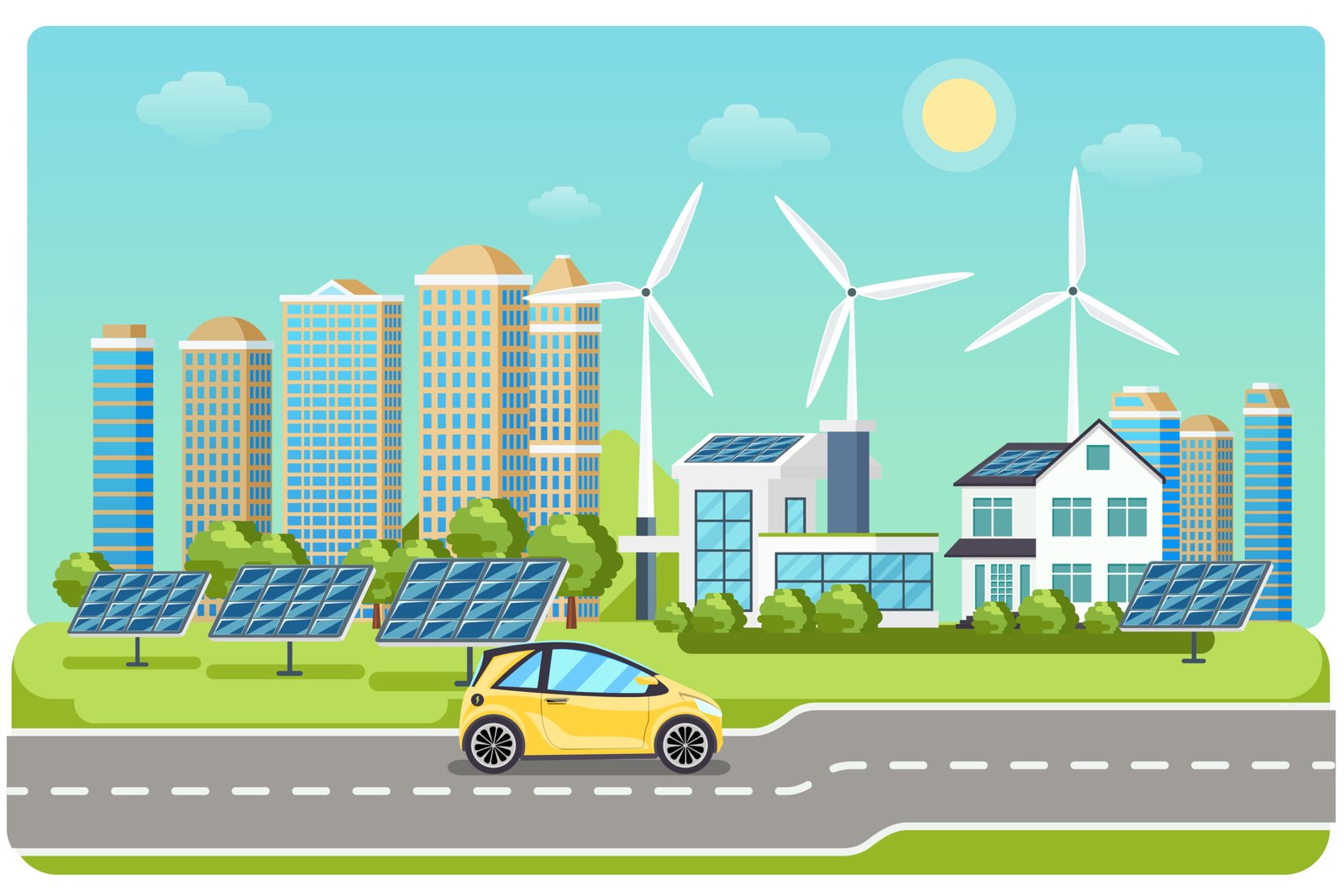
SDMA Solar Energy Pvt Ltd, established in 2019 by Mr. Shridhar Sharma a renowned solar expert of India Also called ‘Solar Guru’ in 2019. SDMA Sunrays Solar Energy is a premier solar energy company in India. Together, they are committed to driving sustainable initiatives and promoting eco-friendly practices to create a healthier environment for future generations. Their vision reflects a dedication to renewable energy, responsible resource management, and fostering awareness about environmental conservation across the nation. With a remarkable 17-year background in manufacturing lead acid batteries plates and batteries, he has transformed SDMA Sunrays Solar Energy into a prominent and trusted name in the solar industry. The extensive range of solar products include N-type solar panels, lithium batteries, solar air conditioners, off-grid and hybrid solar inverters. Our unwavering commitment to quality has propelled us to the forefront of the solar industry in India. Boasting a network of over 1150 dealers and a satisfied customer base of more than 10 lakh, SDMA Sunrays Solar Energy stands as a symbol of trust, reliability, and excellence.





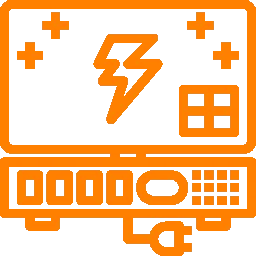










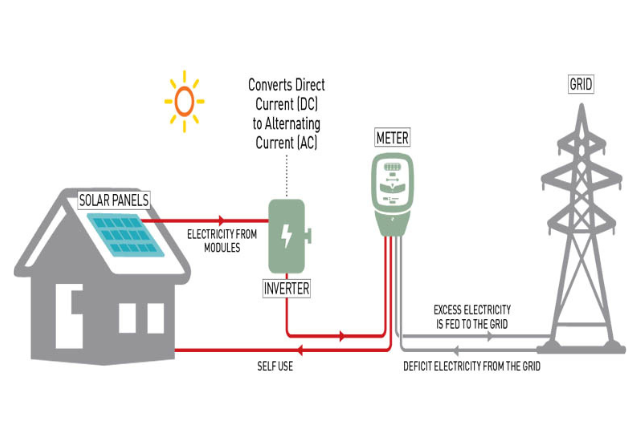
solar rooftops not only offer an economical and clean alternative to conventional energy sources but also delivers reliability i.e.

Being off-grid means the system works independently and the consumer is not connected to any utility’s power system.

A hybrid solar panel still uses photovoltaic (PV) materials to collect and convert sunlight into energy
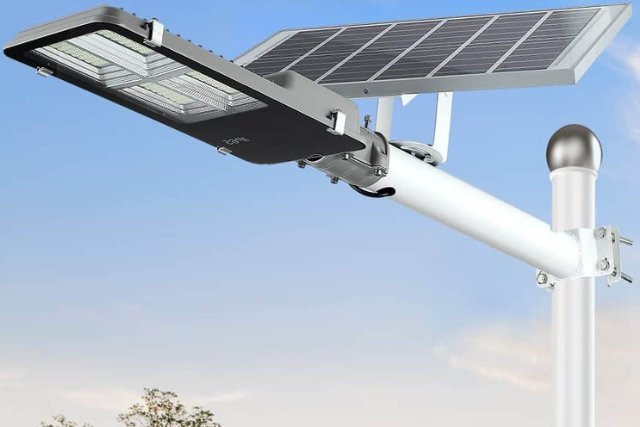
Solar street lights are raised light sources which are powered by solar panels generally mounted on the lighting structure.
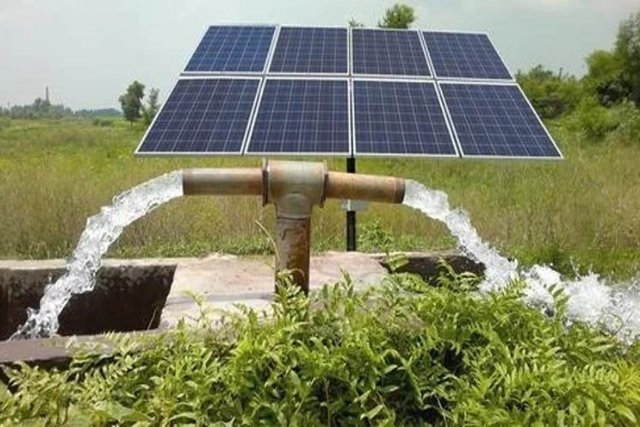
The system operates on power generated using solar PV (photovoltaic) system. The photovoltaic array converts the solar energy into electricity.
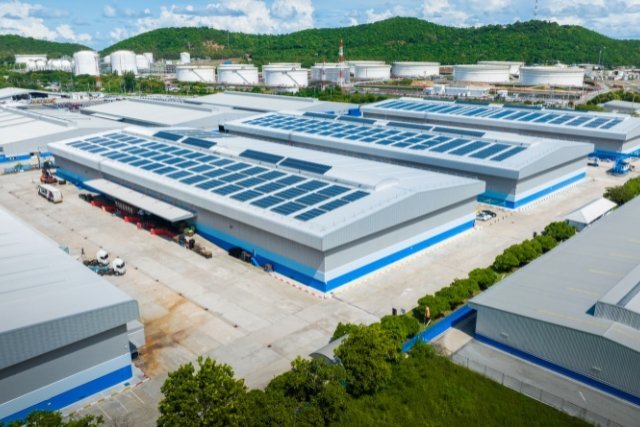
Increasing electricity demand and rising grid tariffs for commercial and industrial customers will further drive business users to rooftop solar
 hotline: +91 88752 55001
hotline: +91 88752 55001
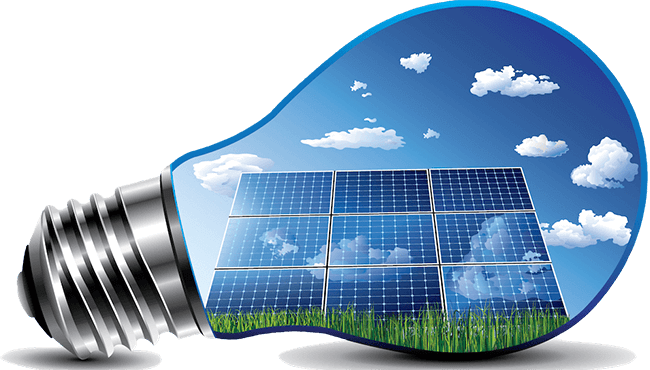
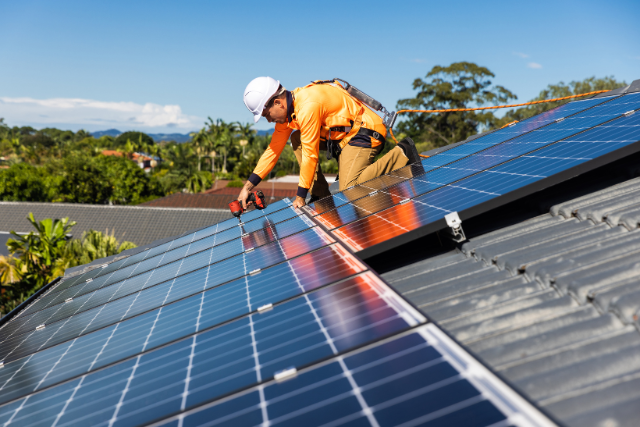
Expert installation services by trained professionals ensuring quality and durability.
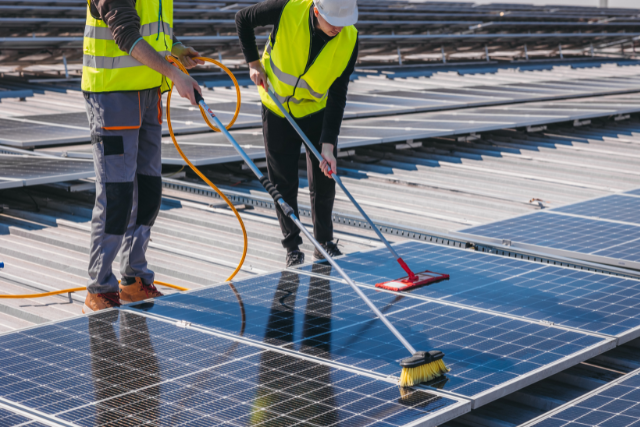
Ongoing maintenance and support services to ensure smooth operations.

Professional consultation to help clients make informed decisions.

Step : 01

Step : 02

Step : 03

Step : 04


Government provide 30-50% solar subsidy as per Government Guideline.

1kW solar saves 154+ trees and prevents 20+ tons of CO2 emission

When you Go Solar you produce your own electricity and making a difference with others.

We're going to work with you to cut your electricity costs by 80–90%. Less money out of your pocket as a result. We also provide the option of selling extra solar energy systems to the grid.

In addition to offering the best installations, we also give our esteemed clients more ROI. We have a policy with a speedy return on investment of 4-5 years along with many other advantages.

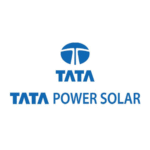
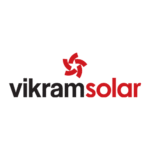

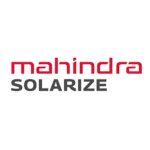
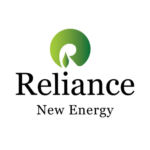

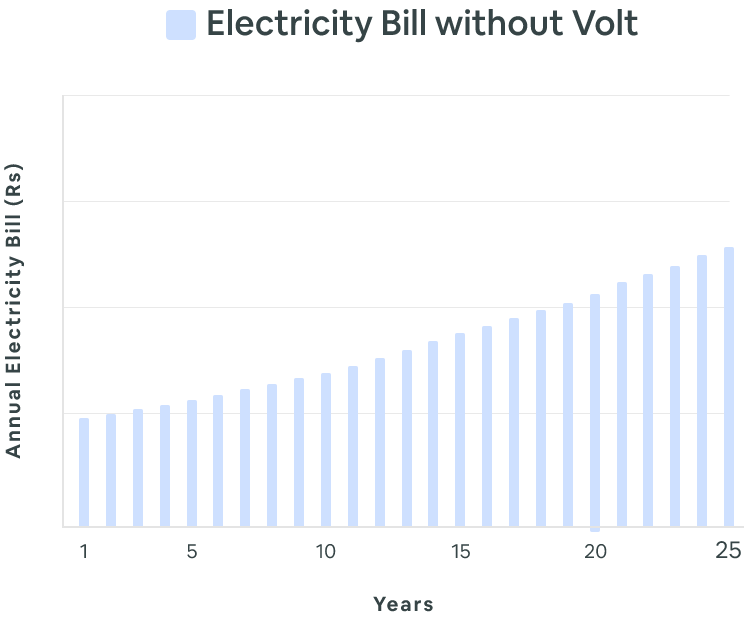
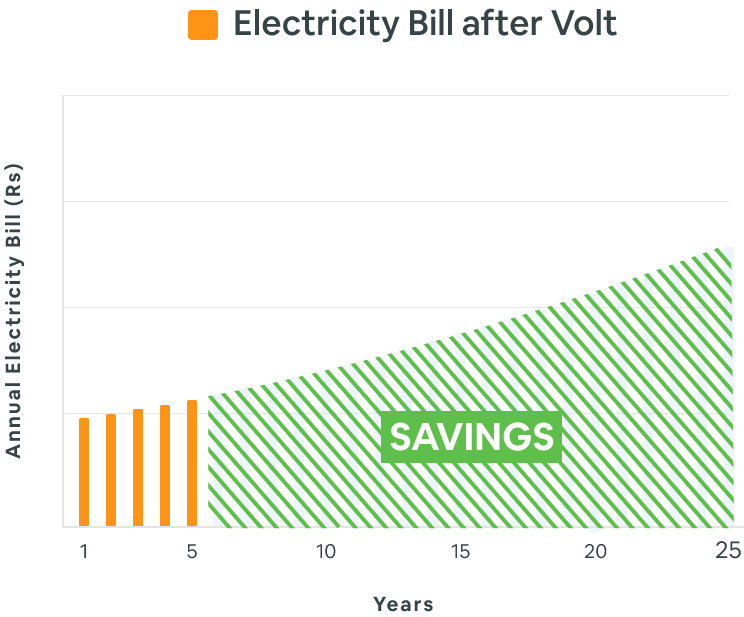




A solar rooftop system is a type of solar panel system that is installed on the roof of a building. It converts sunlight into electricity that can be used to power the building or sent back to the grid. It typically consists of solar panels, an inverter, and a monitoring system. These systems can be used to reduce a building’s reliance on the grid, lower energy costs, and reduce carbon emissions.
There are a few different types of solar rooftop systems, including:
An on-grid solar rooftop system is a type of solar panel system that is connected to the utility grid. This allows excess energy generated by the panels to be sent back to the grid and credited to the homeowner. The system is connected to the utility grid through a bi-directional meter, which allows the homeowner to receive credits for the excess energy they produce and also draw power from the grid when their solar panels are not producing enough energy to meet their needs.
This type of system is ideal for homes or buildings that are connected to the grid and want to reduce their dependence on fossil fuels and lower their energy costs. It also allows for net metering, which is a mechanism for homeowners to get credits for the energy they feed back into the grid.
The on-grid solar rooftop system is also useful for homes or buildings that are not occupied all the time, or for homes or buildings where energy consumption is not constant throughout the day, as the excess energy generated can be sent back to the grid for others to use.
An off-grid solar rooftop system is a type of solar panel system that is not connected to the utility grid. Instead, it relies on battery storage to store excess energy generated by the solar panels for use during times when the sun is not shining. This type of system is ideal for homes or buildings that are located in remote areas where access to the utility grid is not available or is too expensive to install.
An off-grid solar rooftop system typically includes solar panels, an inverter, a battery bank, and a monitoring system. The solar panels convert sunlight into electricity, which is then sent to the inverter to convert it into usable AC power. The excess energy is then stored in the battery bank for use during times when the sun is not shining or for use as backup power during grid outages.
The main advantage of an off-grid solar rooftop system is that it allows for energy independence and can provide power in remote or off-grid locations. However, it also requires careful management of the battery bank to ensure that the batteries are not overcharged or over-discharged, which can lead to a decrease in their lifespan. Additionally, off-grid systems may require more maintenance and can be more expensive to install than on-grid systems because it requires a battery bank and the maintenance cost of battery is high.
In India, the government provides various subsidies and incentives for the installation of solar rooftop systems. The subsidy and incentives schemes are implemented by the Ministry of New and Renewable Energy (MNRE) and the state governments. The main subsidy scheme for residential and commercial rooftop systems is the Capital Subsidy Scheme, which provides a subsidy of 30% of the benchmark cost for systems up to 3 kW and 20% for systems above 3 kW and up to 10 kW.
In addition to the capital subsidy, there are also other incentives available such as:



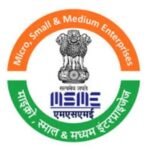

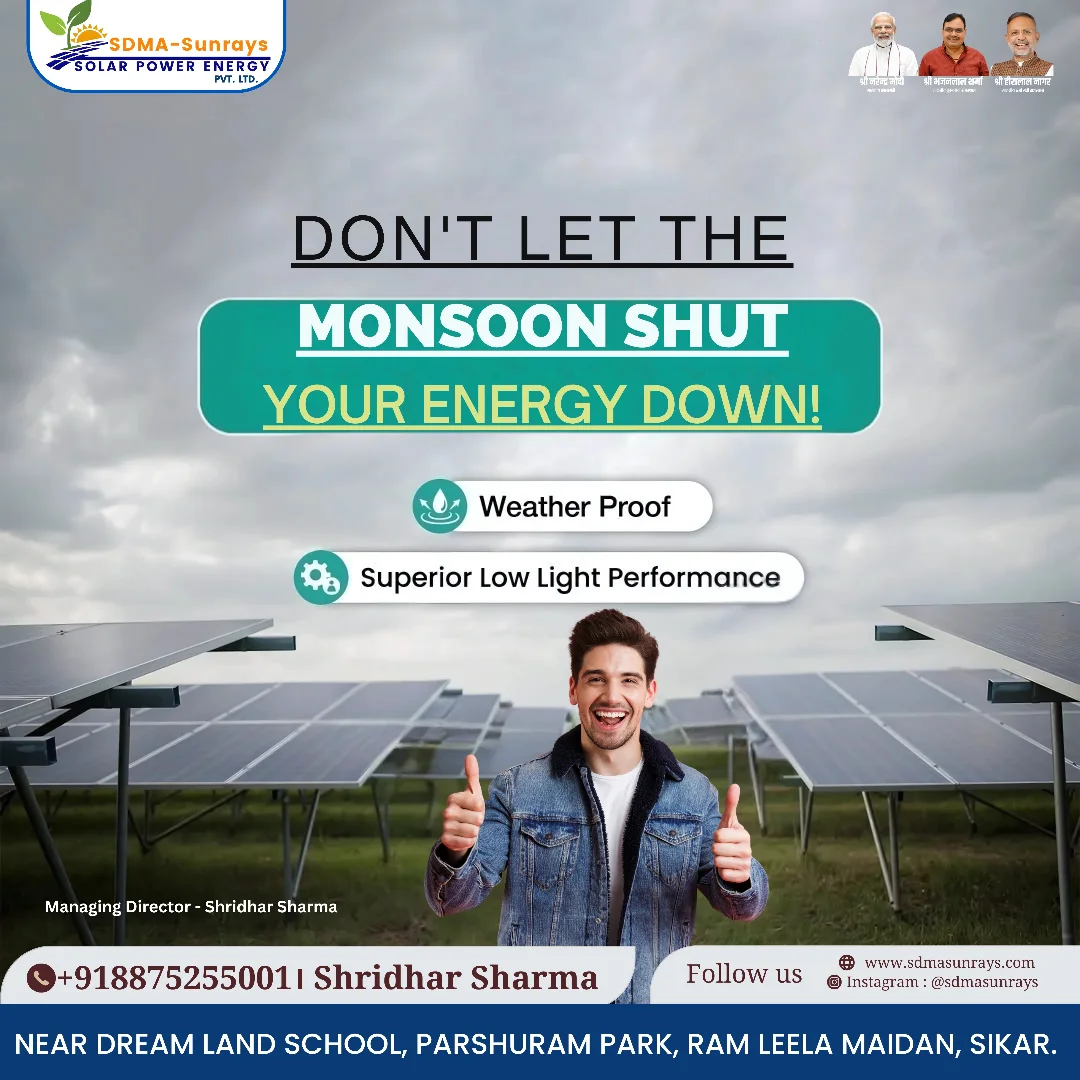
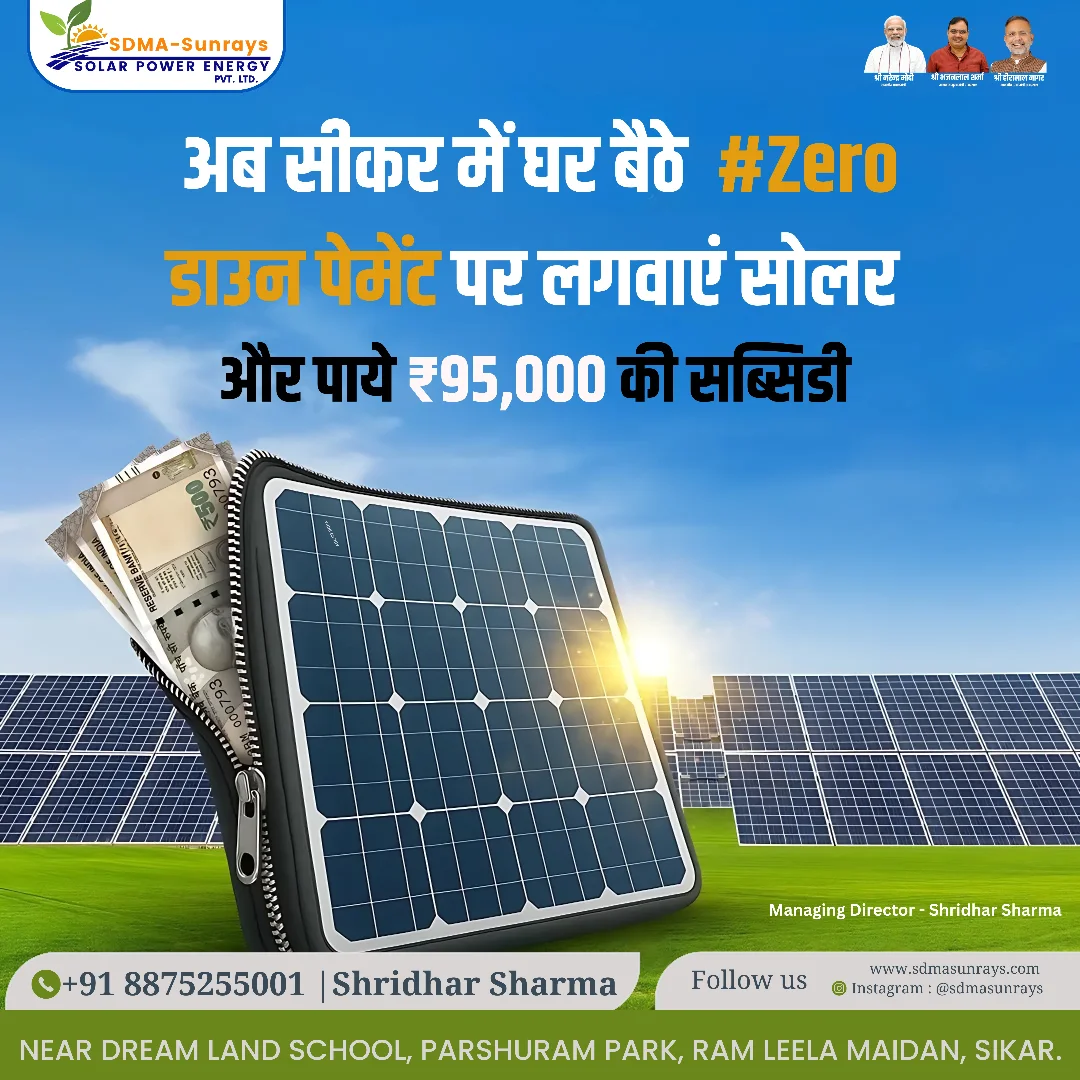
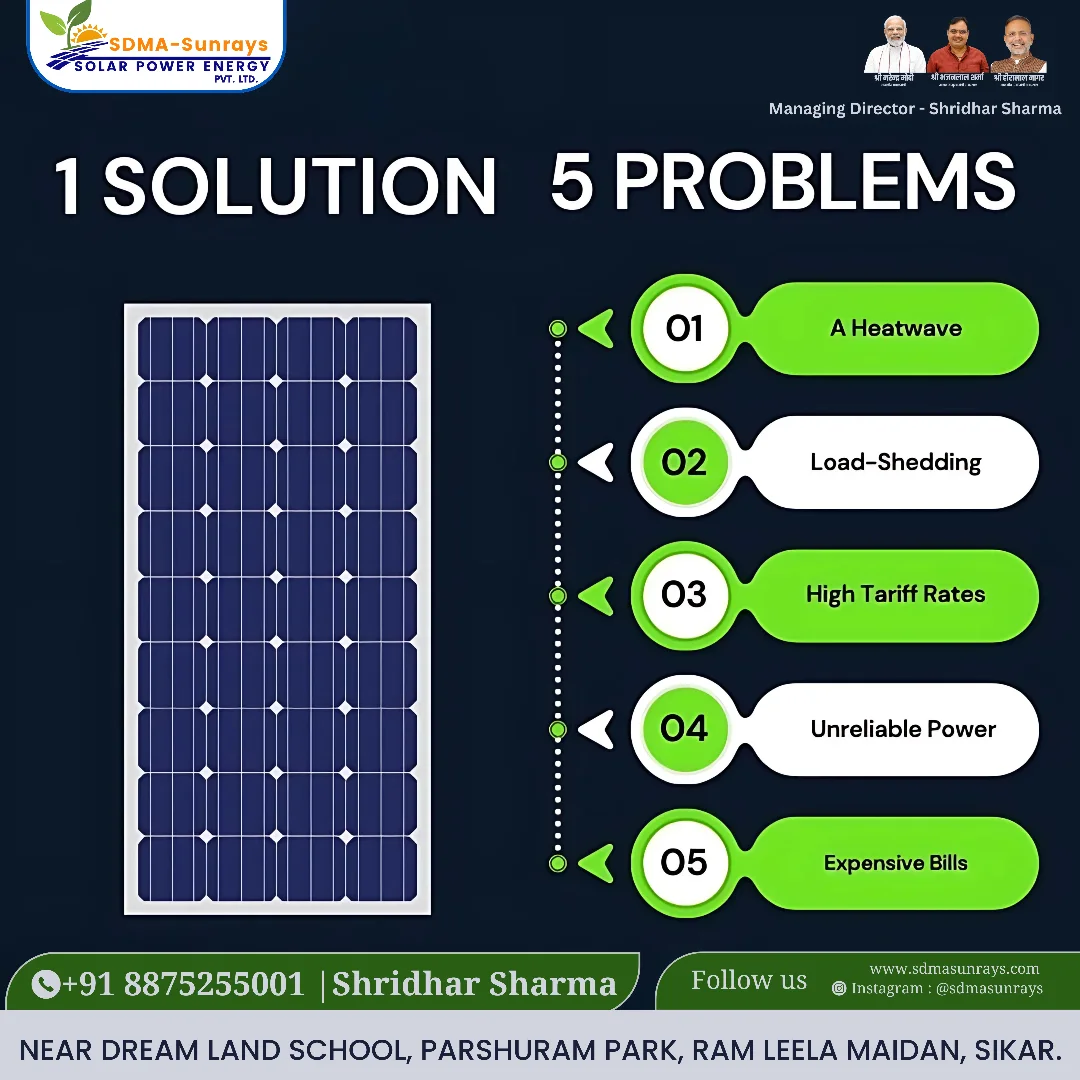
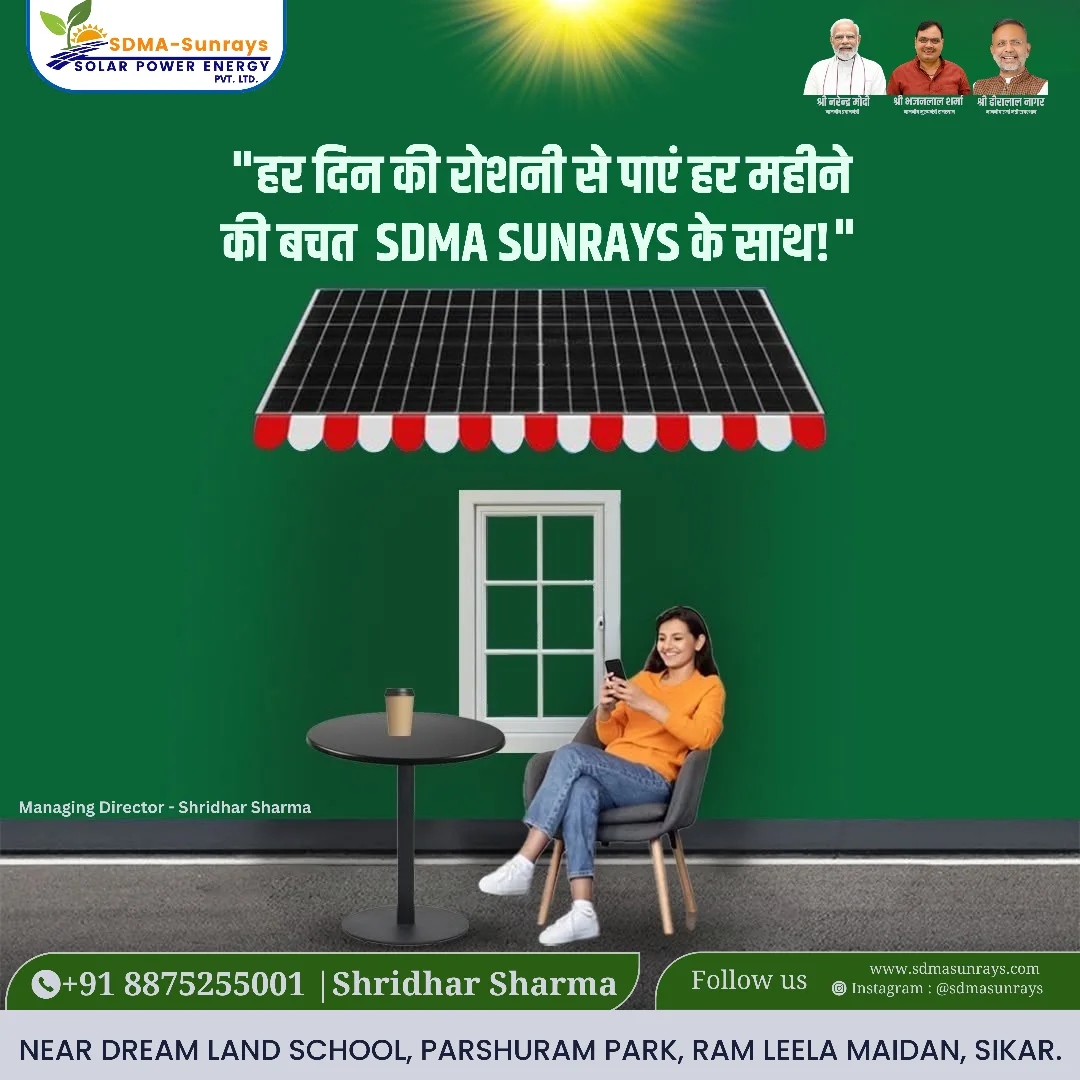
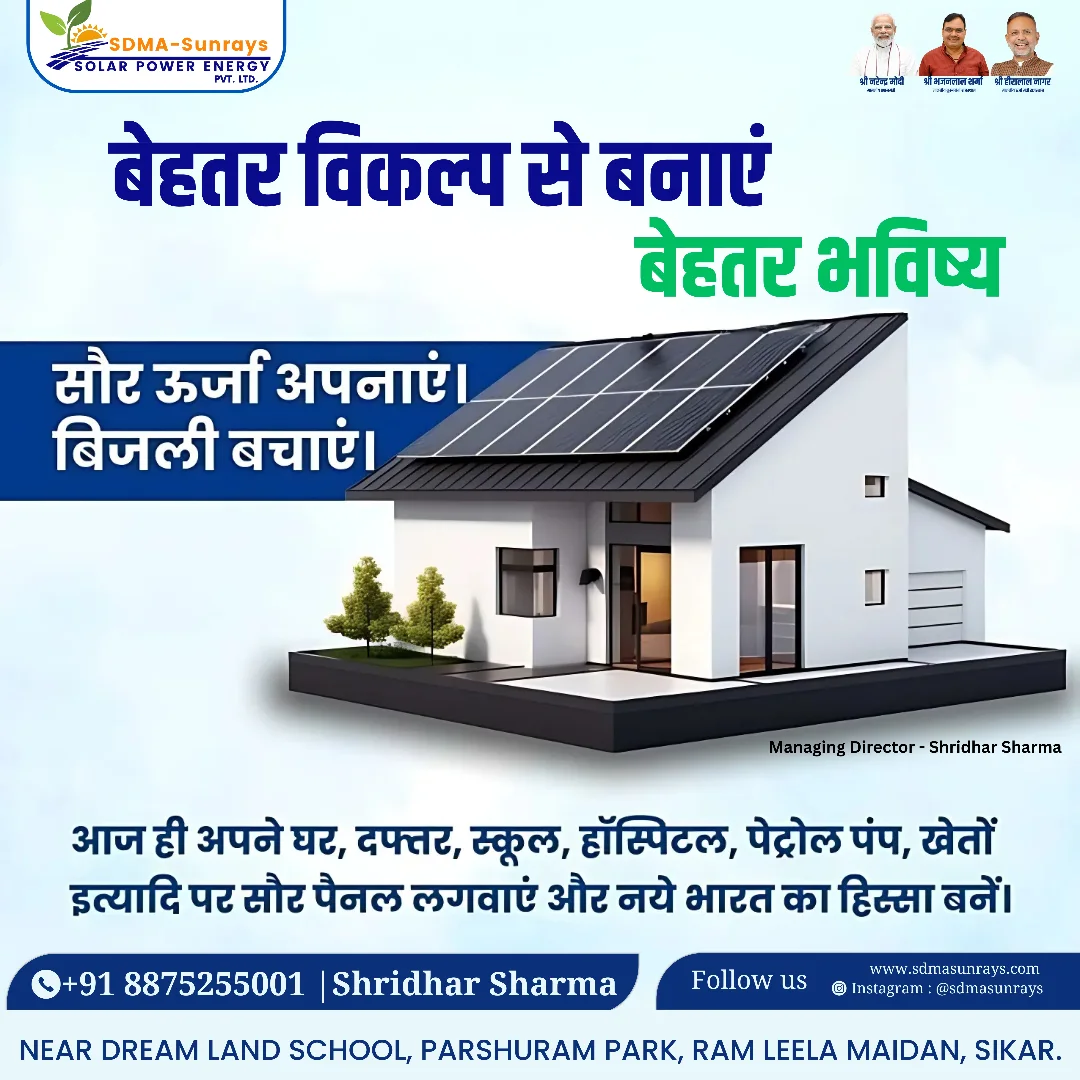
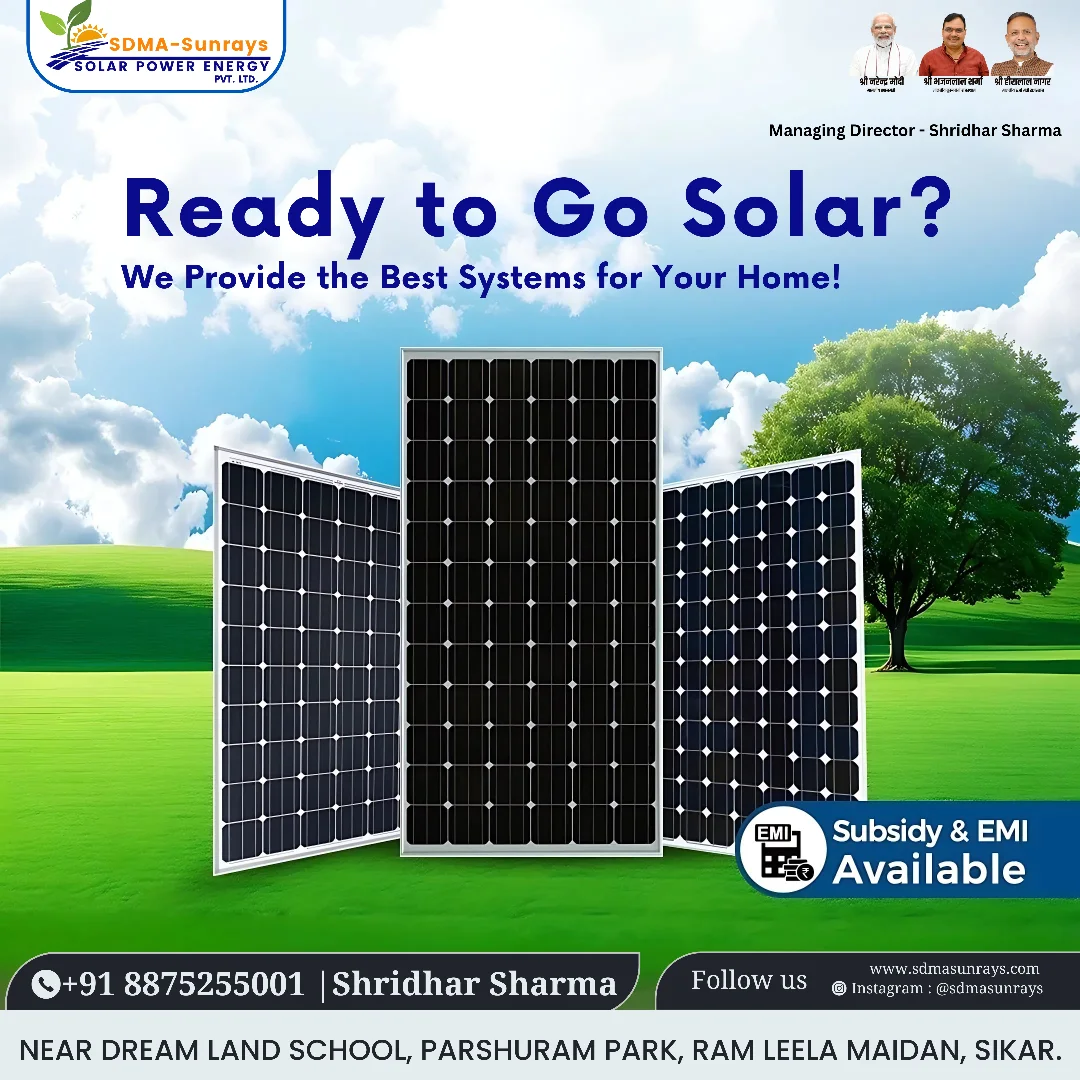
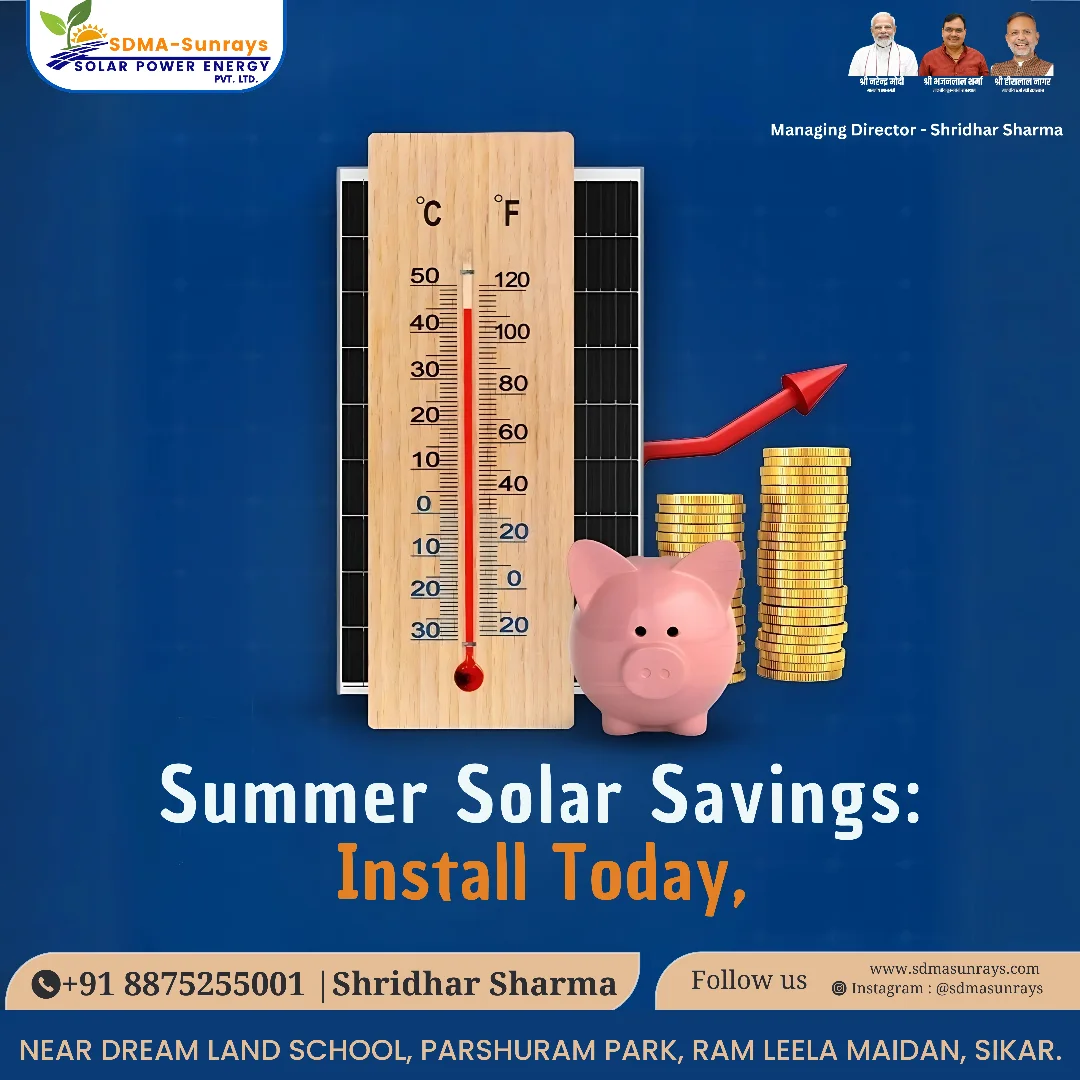
Solar power is harnessed using Solar Photovoltaic (PV) technology that converts sunlight (Solar radiation) into electricity by using semiconductors.
There are different ways to install solar panels for home. First, you have to do homework, such as Choose installation area, select type of mounting structure, and no. of solar panels. For that you need to call our an engineer for site survey from.
To choose the best solar panel for your home and business is a big decision. I tell you, some parameters, that can help to take decisions: use, capacity, technology, durability, temperature, co-efficient, brands, and consumer reviews. To compare solar panels.
It depends on your prospective. In the production of solar cells metals like mercury and lead are used because of which a little number of oxides of the metals are released in the environment. Over a long period of time, it does not cause pollution but looking only at manufacturing it does on a small scale.